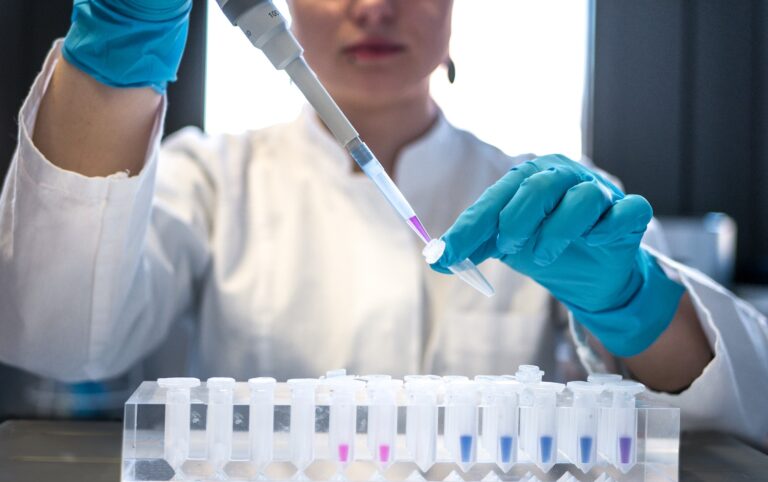Five million patient medical records were used to develop two machine learning models called the “PRISM” neural network.
Researchers at the Computer Science and Artificial Intelligence Laboratory (CSAIL) at the Massachusetts Institute of Technology (MIT) have developed two machine learning algorithms that are capable of detecting pancreatic cancer at a higher threshold than the diagnostic standards that are currently in place. The “PRISM” neural network was designed by combining the two models into a single entity. The pancreatic ductal adenocarcinoma (PDAC) is the most common type of pancreatic cancer, and this test is specifically developed to detect it.
About ten percent of cases reported by patients who are assessed by experts are caught by the standard PDAC screening criteria that is currently in use. On the other hand, the PRISM programme at MIT was successful in identifying PDAC cases by a percentage of 35 percent.
The application of artificial intelligence (AI) in the field of diagnostics is not a completely novel achievement; nonetheless, the PRISM produced by MIT stands apart due to the manner in which it was built. The neural network was programmed from the perspective of having access to several sets of actual electronic health records from various health facilities located all throughout the United States. It received the information from more than five million patients’ electronic health records, which, according to the researchers from the team, “surpassed the scale” of information that is typically provided to an artificial intelligence model in this particular field of research. “The model uses routine clinical and lab data to make its predictions, and the diversity of the US population is a significant advancement over other PDAC models, which are typically confined to specific geographic regions like a few healthcare centres in the US,” Kai Jia, MIT CSAIL PhD senior author of the paper, said. Additionally, the model takes into account the fact that the United States population is diverse.
More over six years ago, the PRISM project at MIT was initiated. The majority of patients are identified with pancreatic ductal adenocarcinoma (PDAC) in the latter stages of the disease’s progression; more specifically, approximately eighty percent of patients are diagnosed with the disease at a point that is far too late. This is the driving force for the development of an algorithm that can detect PDAC early.
In order to function, the artificial intelligence examines patient demographics, previous diagnoses, current and previous drugs in treatment plans, as well as laboratory findings. Using information from a patient’s electronic health record in conjunction with other parameters, such as the patient’s age and specific risk factors that are obvious in their lifestyle, the model is able to provide a collective prediction regarding the likelihood of the patient developing cancer. Despite this, PRISM is only able to assist in the diagnosis of a limited number of patients at the rate at which the AI can reach the general public. For the time being, the technology is restricted to laboratories at MIT and a few patients in the United States. The feeding of the algorithm with increasingly diverse data sets and possibly even worldwide health profiles in order to expand accessibility will be the logistical difficulty that will be involved in scaling the artificial intelligence.
However, this is not the first time that MIT has attempted to construct an artificial intelligence model that can forecast the danger of cancer. One of the most notable things that it did was design a method for teaching models how to forecast the risk of breast cancer in women by utilising mammography records. It has been proved by experts from MIT that in this particular area of research, the more diverse the data sets are, the better the artificial intelligence becomes at diagnosing tumours across a wide range of ethnicities and races. The ongoing development of artificial intelligence models that are capable of predicting the risk of cancer will not only improve the results for patients if malignancy is diagnosed earlier, but it will also reduce the amount of work that medical professionals who are already overburdened have to do. The market for artificial intelligence in diagnostics is so ripe for change that it is attracting the focus of large technology commercial businesses such as IBM, which attempted to develop an AI programme that can identify breast cancer one year in advance through research and development.

